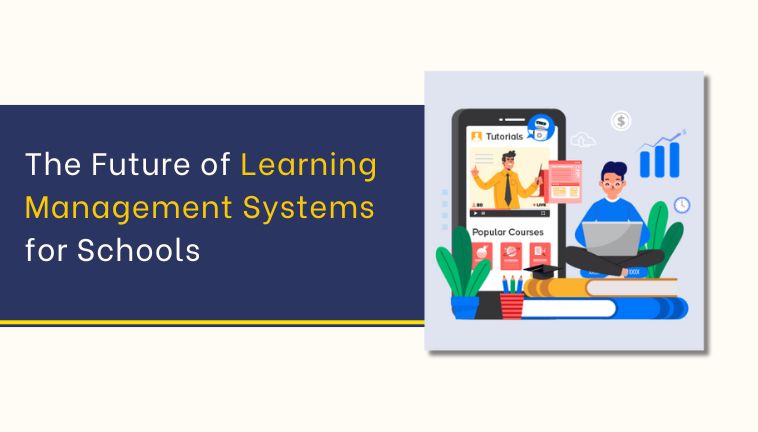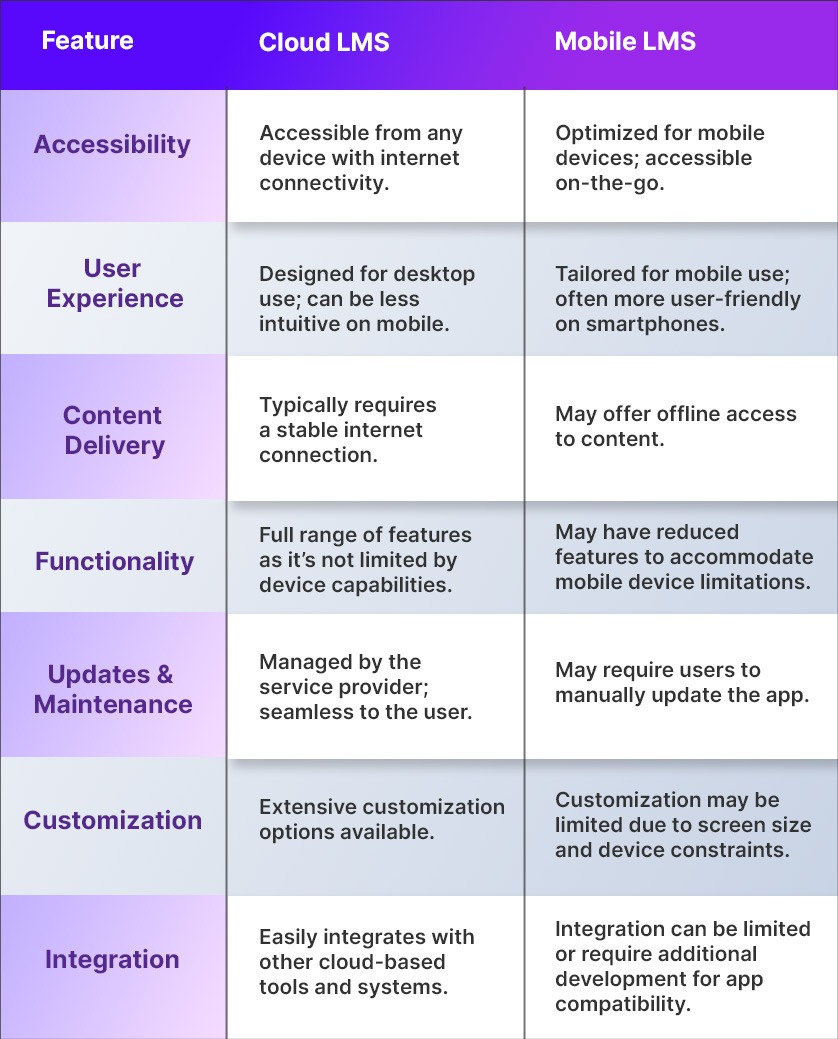Blogs
The Future of Learning Management Systems for Schools

The education sector is evolving fast, and Learning Management Systems (LMS) are leading the way. With new technologies and changing online learning needs, LMS platforms continue to adapt. In this blog, we’ll explore how LMS software is transforming digital learning, improving course management, and offering powerful solutions for both teachers and students.
What does the future of Learning Management Systems for schools look Like?
If your school or organization uses eLearning, you already understand the value of a Learning Management System (LMS). It serves as the backbone of online education, making learning smoother for both teachers and students. As technology evolves, LMS platforms will continue to change as well. Exploring the future of learning management systems for schools can help us prepare for new advancements and adapt to them effectively. So, let’s take a look ahead and see what’s next for LMS technology.
Advantages of a Cloud-Based Learning Management Systems
A cloud-based Learning Management System for schools (LMS) comes with several benefits, such as flexibility, affordability, and easy access. Schools and organizations can cut down on infrastructure costs while allowing teachers and students to access learning materials anytime, from anywhere. This ensures that education goes beyond the classroom, supporting continuous learning.
The Growth of Mobile LMS
As smartphones and tablets become more common, mobile LMS is playing a bigger role in digital learning for teachers and students. It enables continuous access to course materials anytime, making learning more flexible and convenient. This is especially helpful for adult learners and professionals who need to juggle education with work and other commitments.
Making Learning More Accessible and Flexible
Cloud and mobile LMS platforms make education available to more people. Students with disabilities can use tools like screen readers and voice recognition, while those in remote areas can learn without needing to be physically present. This level of inclusivity helps create equal learning opportunities for everyone.

How AI and Machine Learning Enhance Learning Management Systems
AI and machine learning help personalize learning by analyzing data and adapting lessons based on each student’s needs. An AI-powered LMS can adjust content, pace, and difficulty to match individual learning styles. It also saves teachers time by automatically grading quizzes and providing instant feedback. Additionally, AI suggests relevant content based on a learner’s progress and preferences, making education more engaging and effective. Choosing an AI-driven LMS can boost student engagement and improve learning outcomes.
Enhancing Learning with Virtual and Augmented Reality
VR and AR bring learning to life by creating immersive, real-world simulations. By integrating these technologies into an LMS, educators can offer a safe space for students to practice skills before applying them in real situations. This is especially useful in fields like medicine or industries involving heavy machinery. Schools can also use VR for virtual field trips, making distant or costly locations accessible. Additionally, these immersive tools encourage collaboration, allowing students to interact, share ideas, and learn together in virtual environments.
Boosting Engagement with Gamification and Game-Based Learning
Adding gamification and games to courses makes learning more interactive and engaging. Features like challenges, quests, levels, and leaderboards create a sense of adventure and competition, encouraging students to improve their performance. But games aren’t just for fun they also build problem-solving skills. Serious games offer hands-on experience in fields that require simulations, such as medicine and science. For example, medical students can practice virtual surgeries, while chemistry students can conduct experiments in digital labs, making learning both effective and exciting.
How do new technologies improve LMS for schools?
Enhanced Knowledge Retention
Future LMS platforms will use data more effectively to personalize learning. They will recommend modules that match each student’s needs, filling knowledge gaps and adjusting to their pace. Learners will also receive resources tailored to their specific learning paths. This personalized approach makes learning more effective, allowing students to review materials as often as needed, improving retention and understanding.
The Growing Need for Flexibility in LMS
LMS platforms and eLearning are becoming more focused on flexibility. More learners now prefer mobile-friendly courses and short modules that fit into their busy lives. With access to multiple devices, students can learn anytime, anywhere. This shift removes geographical and equipment barriers, making education more accessible with just a mobile device.
How AI and ML Improve Analytics in Learning Management Systems
AI and machine learning will make administrative tasks easier for educators, reducing their workload so they can focus on teaching. Advanced analytics tools will provide detailed insights into student performance, progress, and completion rates, allowing near-automatic assessments. Educators can use this data to refine their teaching strategies and offer better support, making learning more effective for students.
How to choose the right LMS for schools?
Evaluating Features and Capabilities
Selecting the right LMS requires careful evaluation of its features. Schools should look for a platform that is easy to use, scalable, and compatible with existing systems. Strong analytics and reporting tools are also essential, as they help track student progress and improve learning outcomes.
Important Factors to Consider When Choosing an LMS
When selecting an LMS, institutions should focus on cost, support, and customization. The platform should fit within their budget while providing reliable customer service. Customization is also key, as it allows the LMS to be adapted to meet specific needs and learning goals.
Best Learning Management Systems for schools available today
Several top LMS platforms offer unique features and benefits. Leading options include J-Guruji, G-shala, and Canvas. Schools and organizations should carefully compare these systems to find the one that best fits their needs and goals.





